I would like to power my DSLR for long captures with a power supply. I know the voltage and inner structure of the official batteries. The battery has 2x 3,7V cells inside with a circuit. People worked on this issue report that the battery's circuit is there to protect shortage or high current draw for protection. The circuit also provides authentication and ID to the camera. If this is not provided camera seems to know this and display error message.
What I am thinking doing now is to use manufacturer's own charger to provide the power, while battery is still attached. Meaning, that the power supply will simultaneously "charge" the battery and in parallel will supply power to the camera. The authentication pin can this way be connected to the camera.
I don't want to kill my camera, therefore I am asking, if this can go wrong in any way?
PS: I will keep the actual battery outside (for the authentication pin), while a 3D modeled/printed power supplied fake battery will go into the camera.
Plan (blue line: authentication pin):

Edit: I forgot to mention that there is an adapter sold by Nikon to fit into the battery hole and power via external power supply. However, >$45 is too expensive for dumb power supply. If I can 3D print my part, then I can have the same thing for <$5. This is also a matter of principle.